Best Ping Irons 2025
We take a look at the best Ping irons on the market, which features everything from workable players’ irons to forgiving, game-improvement clubs
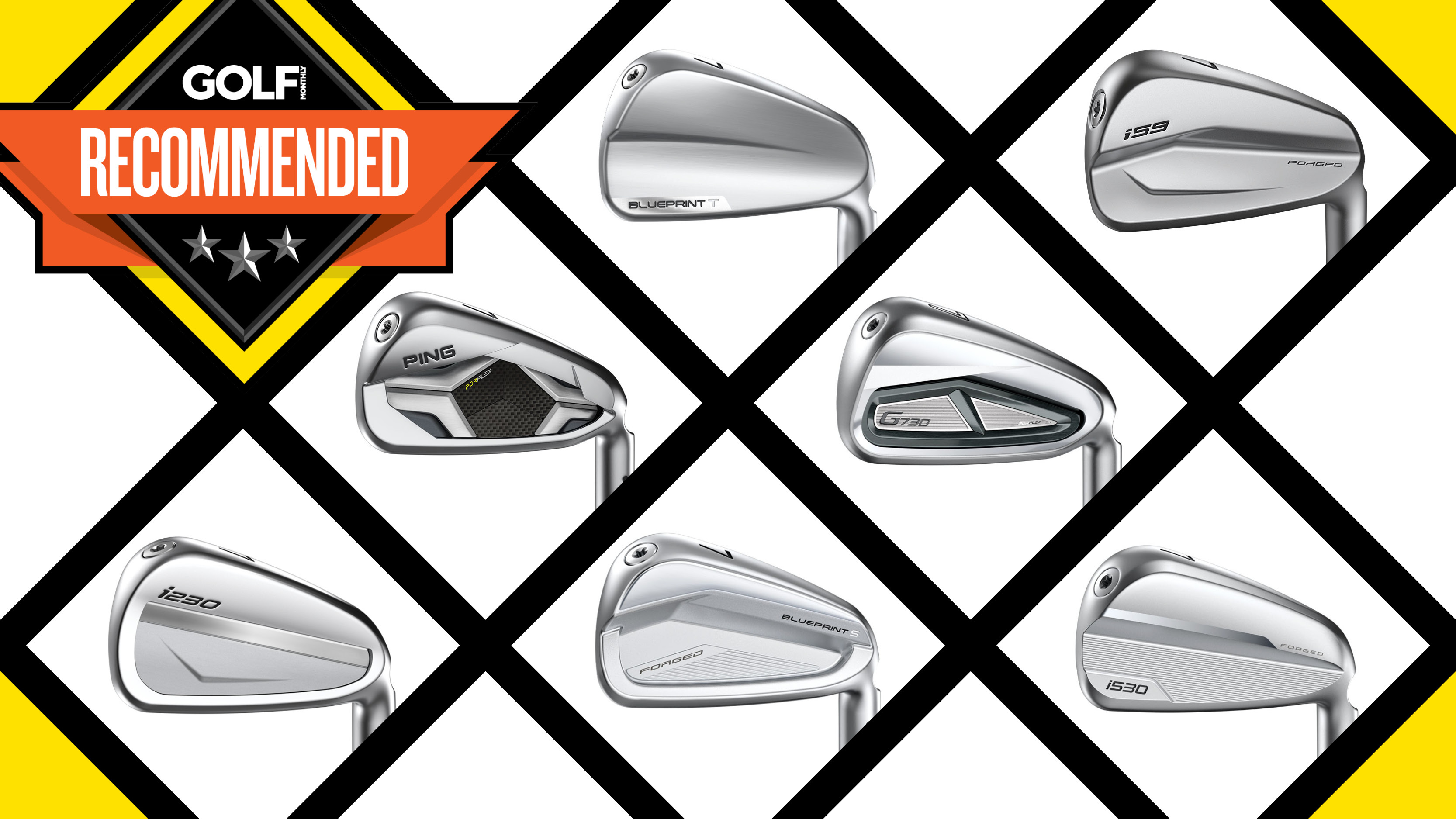

When it comes to selecting your next set of golf irons, it is crucial that you find a set that will give you the maximum amount of performance out on the golf course. Some will increase your distance, while some will help your consistency but, as they are the most expensive investment in the golf bag, it's important you find the right ones.
One company known for its irons is Ping, a brand that knows a thing or two about consistent, user-friendly irons. The best golf irons from Ping cover all types of player and levels of ability. From compact blades like the Blueprint irons, all the way down to the game improvement G430, Ping is definitely a brand to consider when looking at purchasing a new set of irons.
Below, I have tested and run through the best Ping irons on the market. However, if Ping is not for you, check out our guides on the best Titleist irons, best Callaway irons, best Mizuno irons or the best TaylorMade irons too. Whatever you are looking for, we've got you covered.
The Quick List
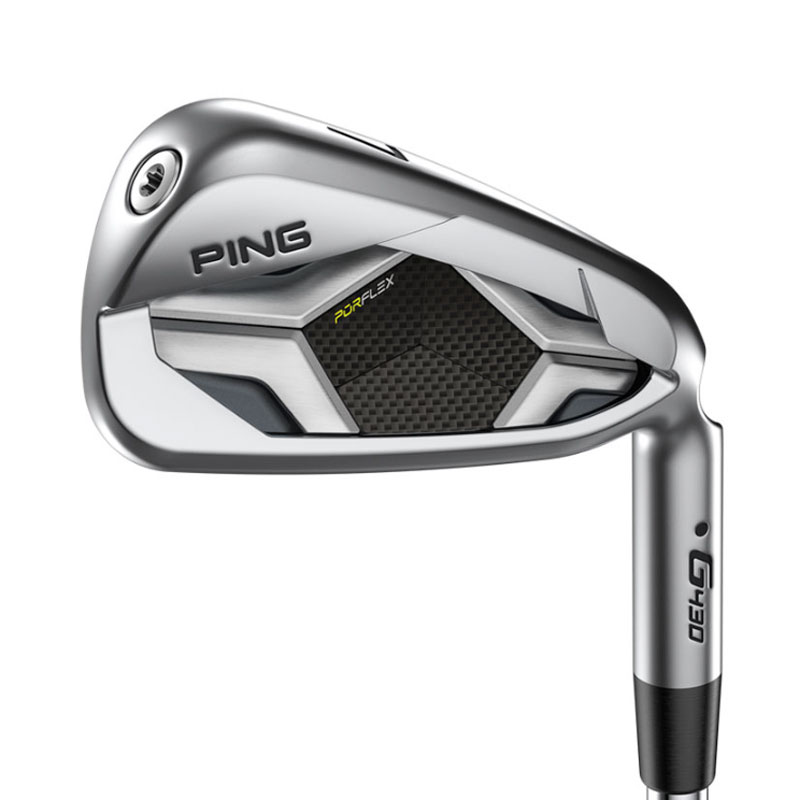
The G430 iron adds extra distance without compromising forgiveness or consistency. The feel is solid, lively and approach shots seem easier to execute.
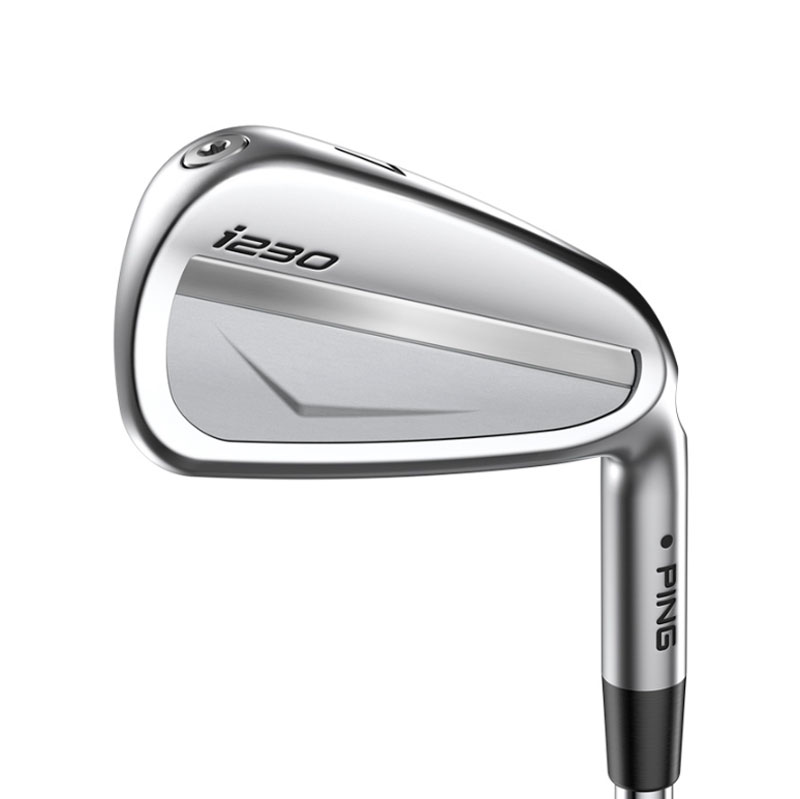
The i230 is an iron that can hit all the shots with a high margin for error given its compact size. Produces a stable feel with good distance and stopping power for competent players.
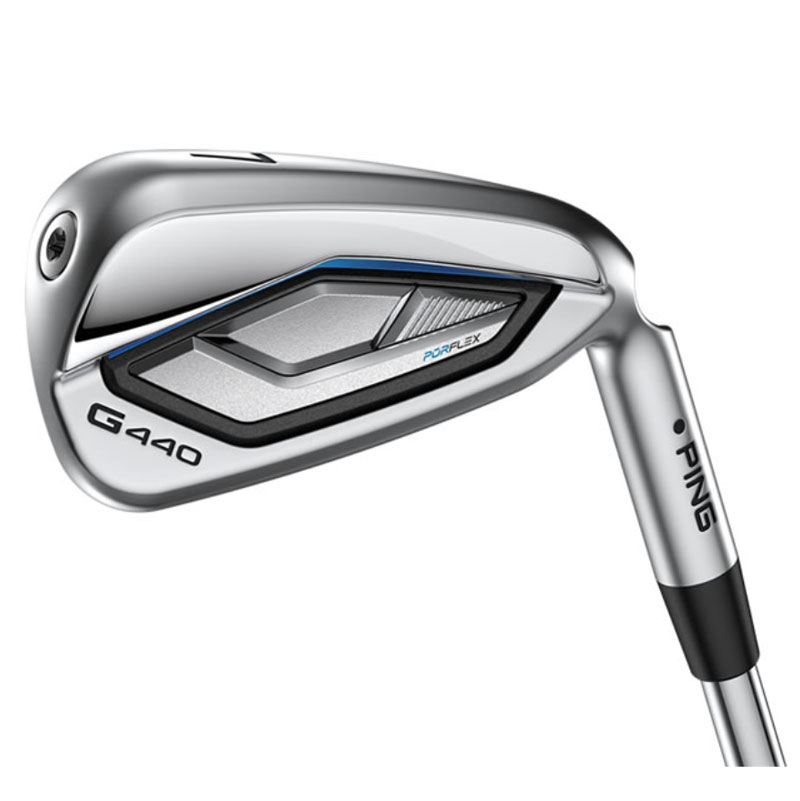
The G440 irons promote high launch, fast ball speeds and deliver a sophisticated behind-the-ball aesthetic. They're also one of the most forgiving irons on the market.

A cleaner aesthetic, improved feel and exceptional distance all add up to genuine progress. If you are shopping in the game-improvement market then the G730 needs to be on your test list.
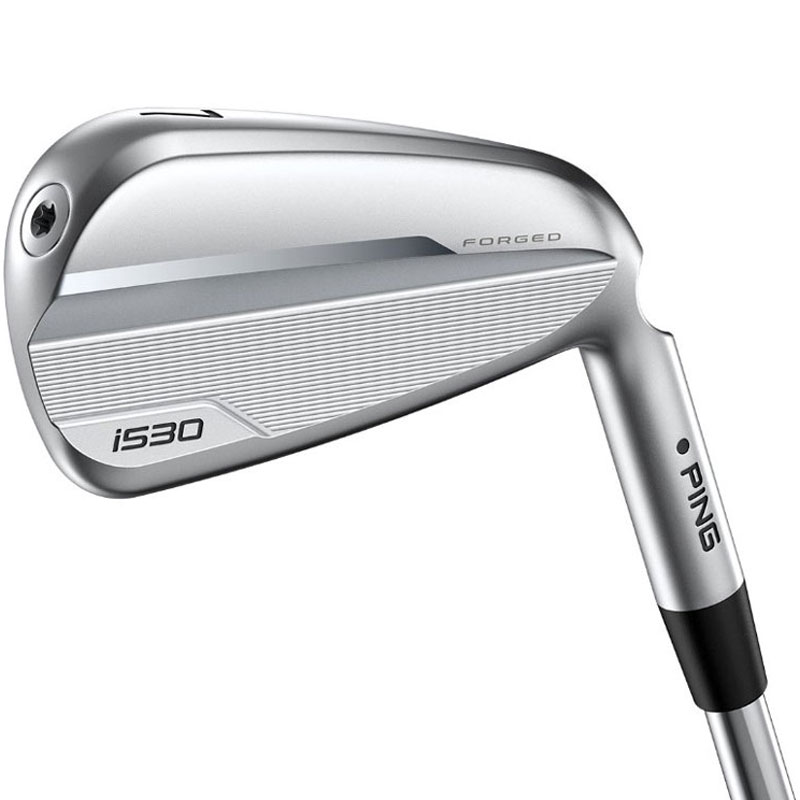
The Ping i530 irons are rocket ships. The stronger lofts and tech refinements seem to have all been geared towards maximizing distance, but the aesthetics have been improved as well.
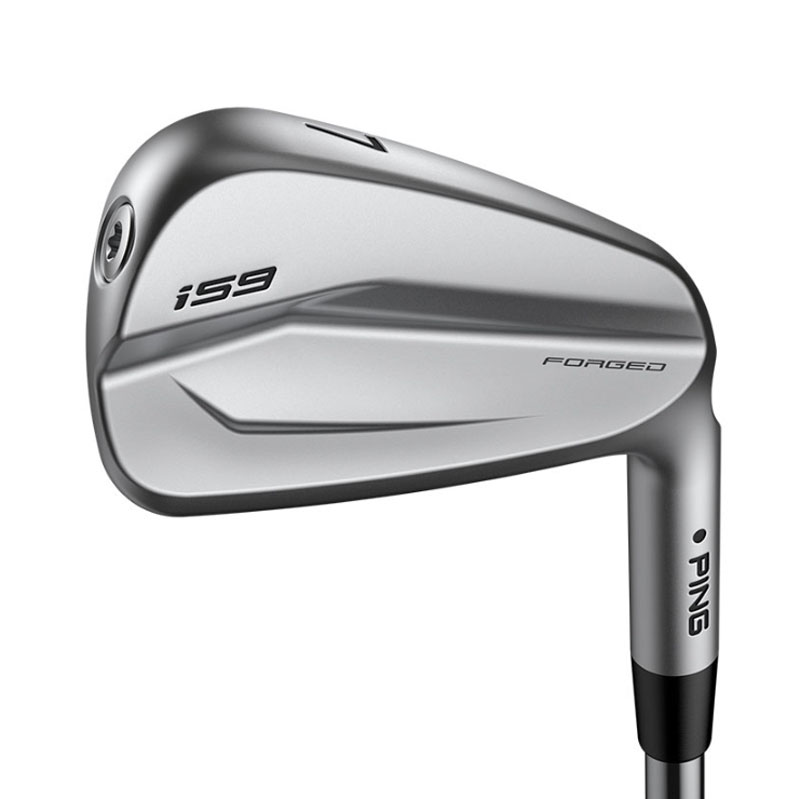
Ping has created a faster feeling and more playable better player iron that delivers improved consistency across the face that in testing produced more accurate approach shots.
Load next 3 models
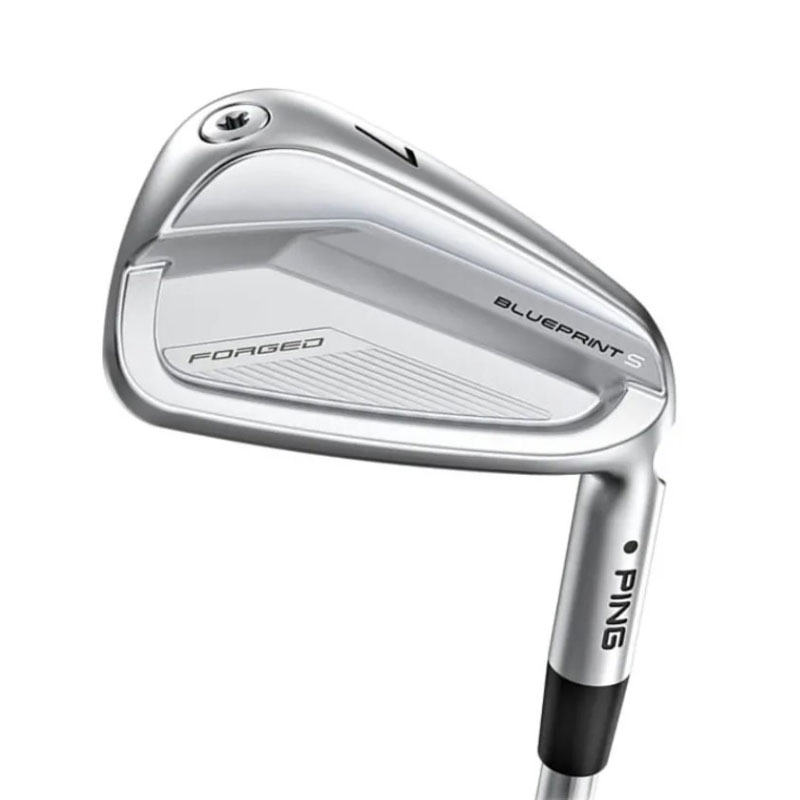
An excellent offering in the low handicap, players' cavity space. The compact head and minimal offset will appeal to the purist and the solidity of strike is unquestionable.
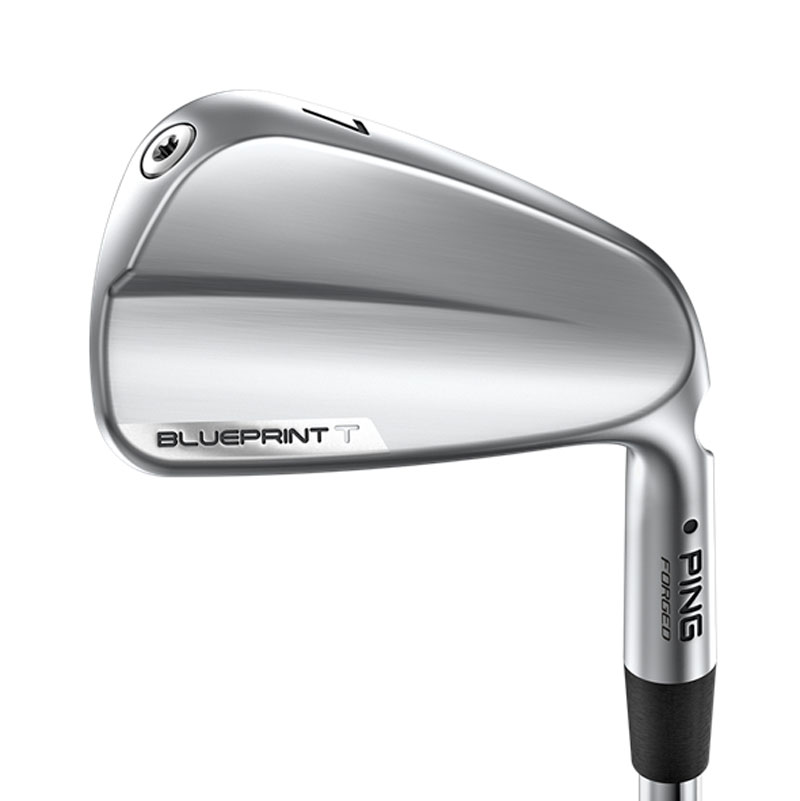
A modern twist on a classic forged blade. Ping has delivered a stunning aesthetic here, and the performance is as strong as the looks with exceptional feel and genuine workability.
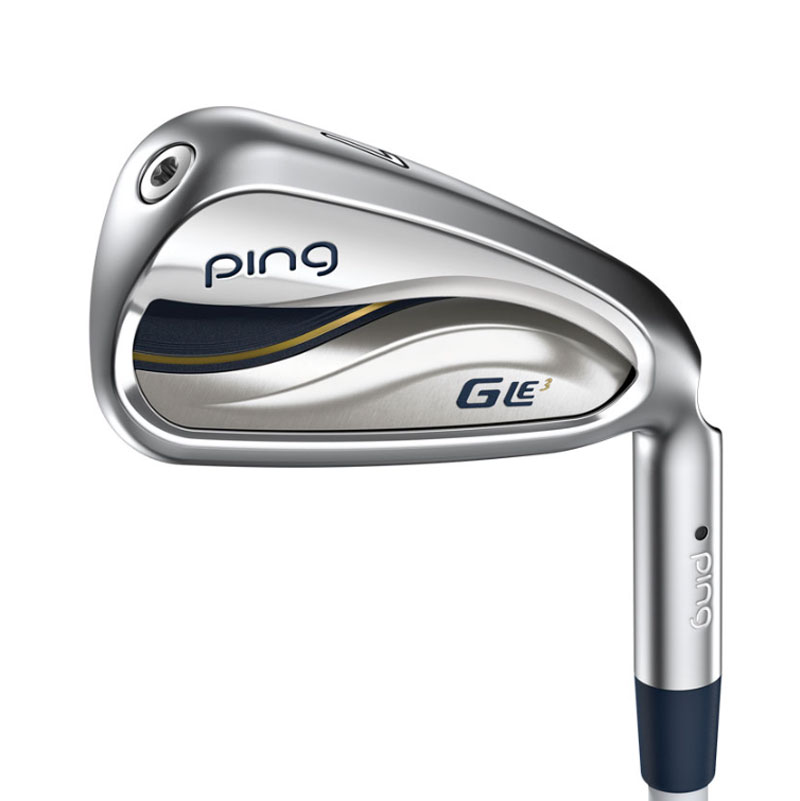
Players with a slow to moderate swing speed can’t go wrong with this super forgiving set of irons that are not only easy on the eye, but effortless to swing consistently.
Best Ping Irons
Top pick

Specifications
Reasons to buy
Reasons to avoid
The G430 has been billed by the brand as being ‘distance competitive, scoring uncompromised’. How does it achieve this, you may ask? Well, thanks to multiple design changes, as well as some alterations in the set, the G430 is even longer and more playable than its predecessor, while providing multiple build options for golfers to get the right configuration for them.
Aesthetically, the shape hasn’t really changed, but Ping have introduced an extra one degree of bounce on the sole which not only helps to lower the centre of gravity, but also provides a little more insurance on those extreme misses where the club makes contacts with the ground too early.
In my testing we compared the iron to the previous G425 and I noticed that distance had been added without sacrificing launch or height, whilst the dispersion was good as well. Misses off the face flew higher than expected as well which was pleasing to see. The sound is quite short and lower in pitch, which certainly contributes to a softer feel than you would typically associate with the best game improvement irons.
- Read our full Ping G430 Iron Review
Best for low handicaps
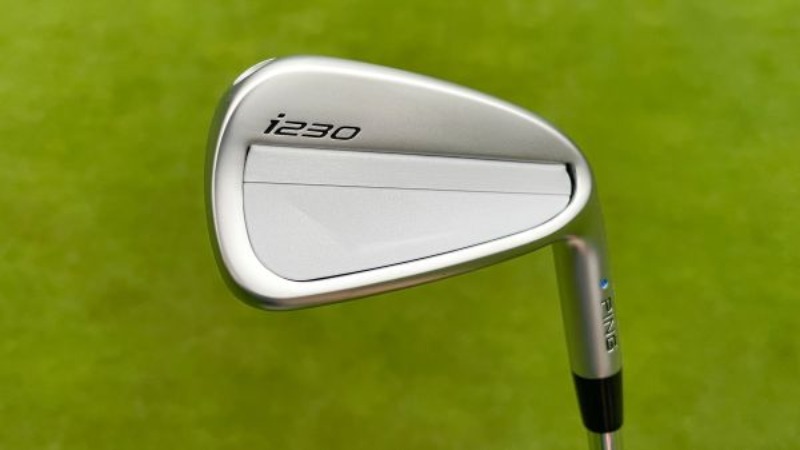
Specifications
Reasons to buy
Reasons to avoid
Perhaps the most complete iron for any low-handicap player, the Ping i230 is a reliable, versatile iron that can strike all the right shots while delivering an extremely low margin for error given its compact shape. Tour pros including Stewart Cink and Tyrrell Hatton have used the i230 irons, and if that's anything to go by, then if you're a scratch golfer you should also take a look at these high-performance clubs.
At the address, these clubs boast a very slim profile that will appeal to the eye of the better player and improve your club delivery. The 431 stainless steel body, tungsten toe screw, shaft tip weight and concealed elastomer help the club to deliver a muscle style look, that helps players zip the ball off the clubface. While it looks incredible, the iron also feels great too, combining a lively, stable feel with a muted sound. Even poor swings felt responsive through the turf. Distance is plenty and I loved the trajectory these irons offered. In truth, it was hard to find flaws in these irons which are one of the best irons for low handicappers.
- Read our full Ping i230 Iron Review
Most forgiving

Specifications
Reasons to buy
Reasons to avoid
Targeted at a wide range of golfers, the Ping G440 irons are yet another strong performing option from a trusted manufacturer. They tick all the boxes for the target demographic, packed full of forgiveness, feel and an improved over-the-ball look.
This is a set of irons made for the game improvement category although the looks promote more of a player-style shape which should please those shopping in this market. Although looks in the playing position have improved, I feel Ping have taken a slight step backwards in terms of shelf appeal. In my opinion there is a little too much polish with the high chrome and almost shiny blue accent in the cavity. However, the over-the-ball looks are more important and those easily pass the eye test.
In terms of performance, the levels of playability on offer here are immense. My poorly struck shots during testing were gobbled up and turned into decent golf shots. Even shots I hit slightly heavy were saved in addition to efforts spread across the club face. This is thanks in part to the wide soles which helped keep the club moving through the turf without stalling. Ball speeds were also impressive, even more so when coupled with ease of launch which will help a lot of players shopping in this category of iron sets. Feel is a little firm compared to other game improvement irons but it's far from poor. This is a set that should be considered by those seeking to upgrade their iron setup in 2025.
- Read our full Ping G440 Iron Review
Best for distance
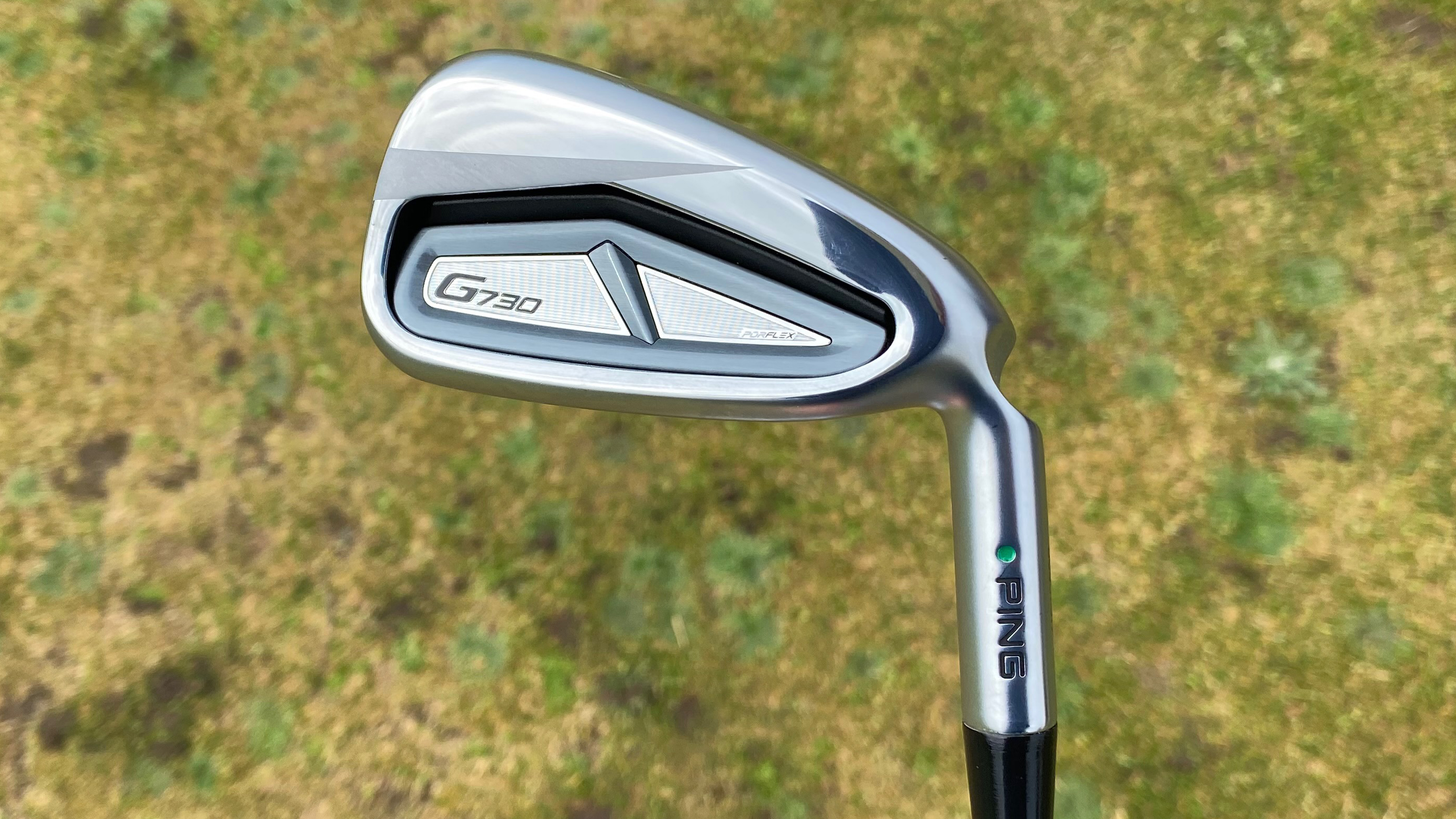
Specifications
Reasons to buy
Reasons to avoid
Following on from the success of the G710 iron, Ping is completing its 2024 lineup with the G730. A game improvement-iron, this club has been engineered with ball speed and distance in mind. How, you may ask? Well, Ping's engineers have unlocked the exceptional strength profiles of hyper 17-4 stainless steel with an advanced heat treatment to increase flex and lower CG, resulting in distance gains across the board.
In testing, the ball speed was the highest of any of the best game improvement irons I've tested and, as a result, this translated into incredible distance. Along with the distance, I really liked the feel, which wasn't too hard or lively, something that many golfers will like. What's more, the wide soles of the G730 irons offer a good amount of bounce which helped turf-interaction and forgiveness.
Away from the performance and to the aesthetics, which I really liked. It has sizeable blade lengths and a fairly chunky top line that let you know you are getting some assistance, but somehow they don’t look clumsy. One final note is that there is plenty of adjustability when it comes to lofts, shafts and grips, allowing you to find the right set up for your game.
- Read our full Ping G730 Iron Review
Best for wide range
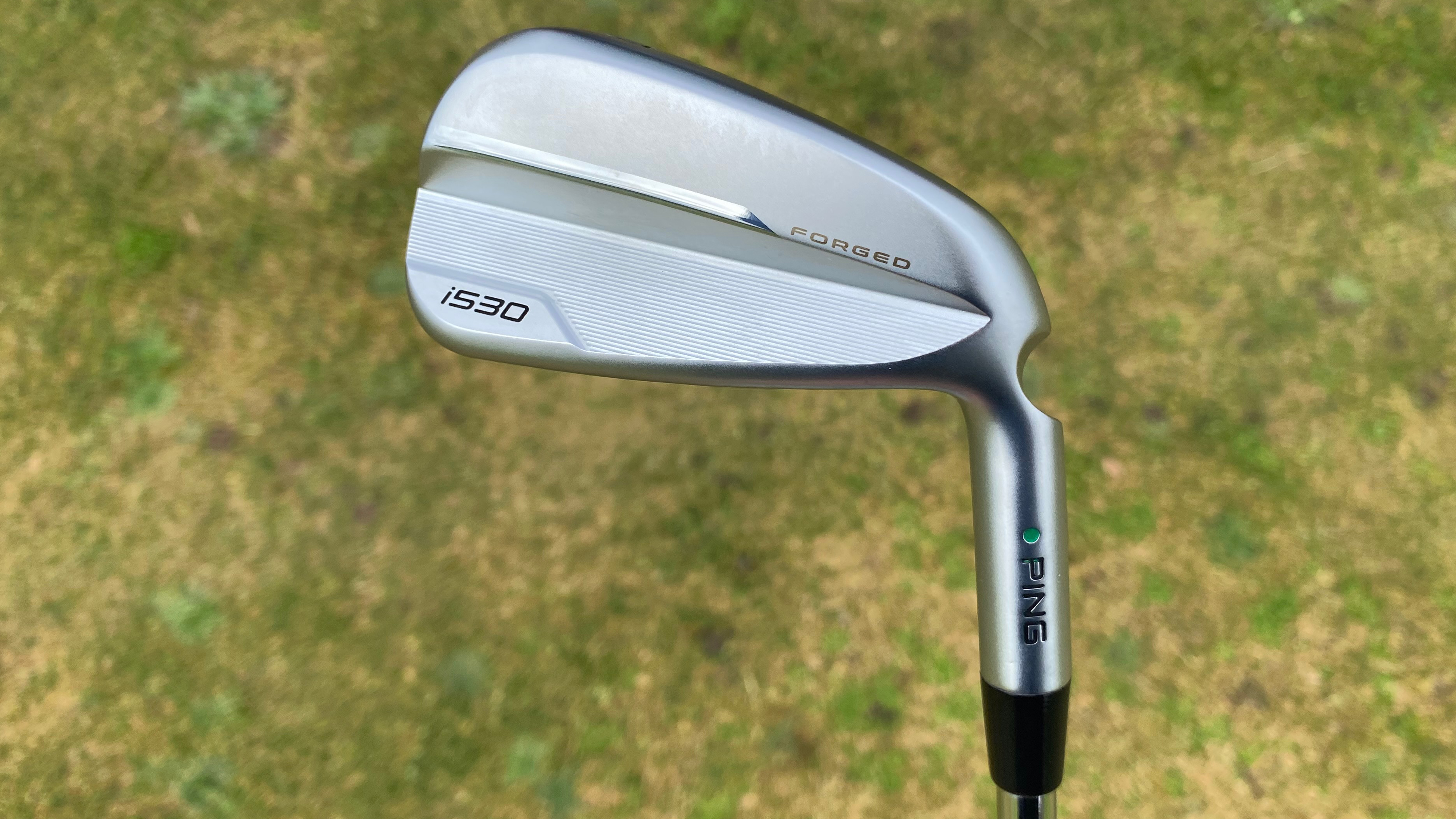
Specifications
Reasons to buy
Reasons to avoid
Looking to sit amongst the best compact mid-handicap irons, the i530 has implemented a new internal weight pad that provides a deeper to thinner face-to-sole transition which it says increases face flexing and subsequently ball speed. This technology is also used in Ping's fairway woods, clubs that have seriously impressed in the past.
I begin with the looks and, to put it simply, I think that Ping have smashed it in this category. Behind the ball, there's enough cavity to provide confidence, but not so much they become an eyesore. Also, this will be personal preference, but there is relatively minimal offset, which will appeal to the better player.
In testing, these irons were very quick and provided a high-launch and plenty of spin, something that will create ample stopping power when hitting into greens. From a feel point of view, the i530s are very lively and a touch firmer than some others in this category.
- Read our full Ping i530 Iron Review
Best looking

Specifications
Reasons to buy
Reasons to avoid
The i59 replaces the iBlade and the design has evolved significantly - we’re now seeing a hollow head with an aluminum core that improves feel and moves more weight to the edges for added forgiveness. With the i59, Ping has created a faster feeling and more playable better player iron over iBlade that delivers improved consistency across the face that in testing produced more accurate approach shots. Shot making is still encouraged with a greater margin for error that will be received by all.
Down at address I instantly noticed the new groove configuration - there are four more grooves on i59 versus iBlade more tightly spaced - and the shorter white bottom groove frames the ball well and narrows your focus on the strike. Off the face, the i59 feels more springy and solid than the iBlade but does have a slightly louder, more pingy sound to it too versus the softer thud of iBlade. I also enjoyed the stability, forgiveness and user friendliness of the iron as well.
- Read our full Ping i59 Iron Review
Best players cavity

Specifications
Reasons to buy
Reasons to avoid
The Blueprint S is a compact profile, minimal offset, players' cavity iron that is pitched towards the low handicap market and has even seen some early success on the professional tours with Louis Oosthuizen capturing the Alfred Dunhill Championship using them.
In terms of the looks down behind the ball, Ping has done an excellent job. The dimensions are just about spot on and will really appeal to players who have gamed blades over the years. The top line is nice and thin, with the blade length compact without being intimidating. They really frame the ball beautifully and, importantly, the offset is very minimal, although it does appear to increase gradually as you head up into the longer irons.
In terms of the performance, I really cannot fault these irons and, when it comes to strike, they are perhaps on the firmer end of the spectrum. Notably, imperfect strikes are certainly flagged up from a feel perspective, but again, this is a plus for us, as better players tend to crave this feedback as long as it isn’t punished too harshly in performance - which it isn't.
- Read our full Ping Blueprint S Iron Review
Best blade
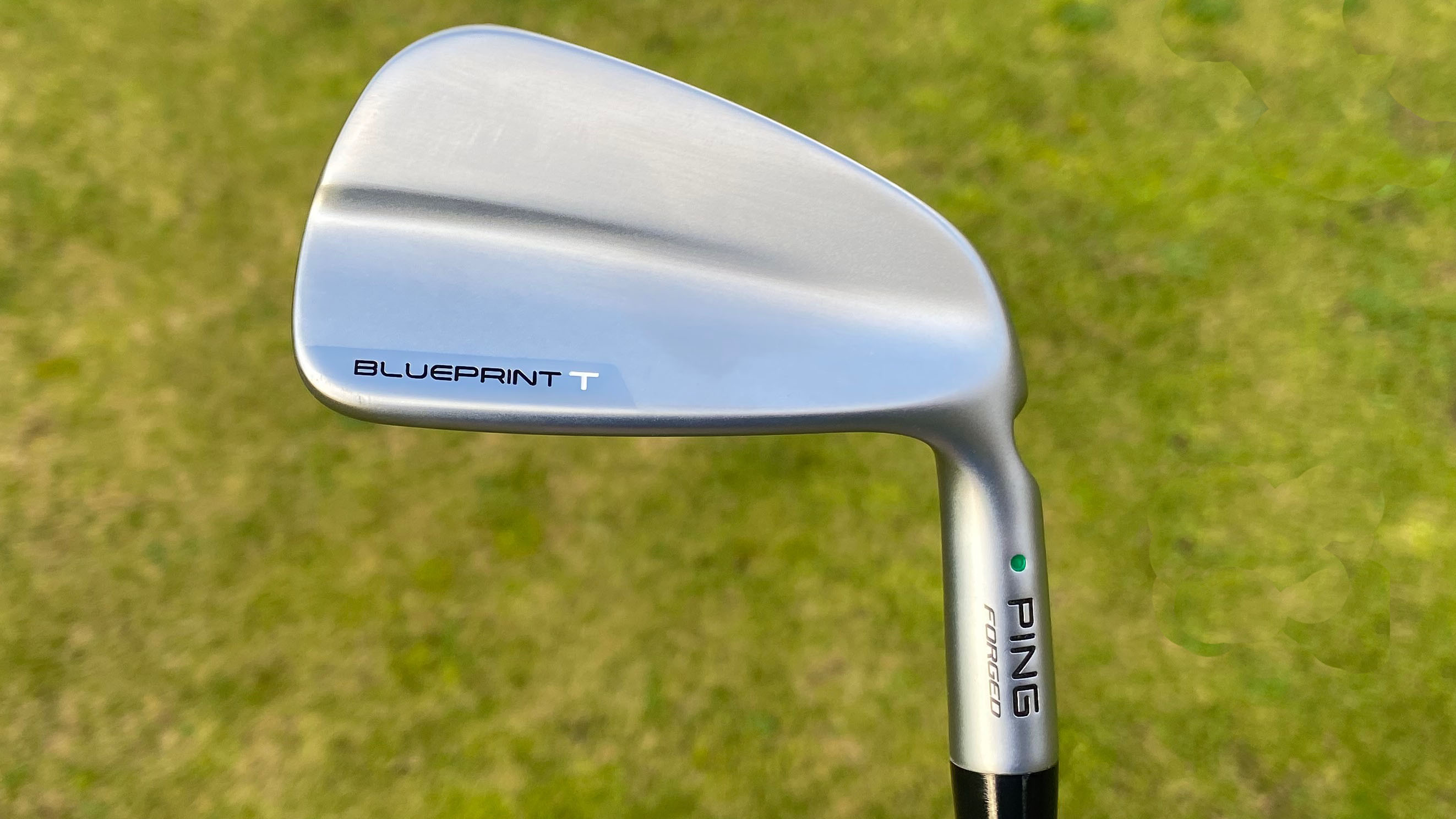
Specifications
Reasons to buy
Reasons to avoid
First things first, this iron looks absolutely stunning. The minimalist appearance of the clubhead creates a wonderfully clean and unfussy aesthetic that really suits the eye. Nothing but a simple ‘Blueprint T’ stamping adorns the back of the club, which is finished in Ping's Hydropearl 2.0 chrome. In this case, less is absolutely more.
When you put the Blueprint T down behind the ball, as you would expect for irons that look to sit in the best golf blades category, the topline is razor thin. The overall dimensions of the head are very petite, but the new shorter heel-face height provides a great transition from hosel to head, which is something I am always on the lookout for in an iron. They frame the ball beautifully, but with minimal offset and the aforementioned top line, you quickly become very aware of the importance of a high-quality strike.
With regards to the feel of the club, it was everything we were hoping for. The reward for a solidly struck shot is a beautifully soft and deep impact feel that competes with any of the traditional category leaders in blade irons. A far cry from the lively spring of the modern day, hollow bodied players' distance irons, the ball seems to stay on the face for an age, providing unrivaled feedback.
- Read our full Ping Blueprint T Iron Review
Best for women
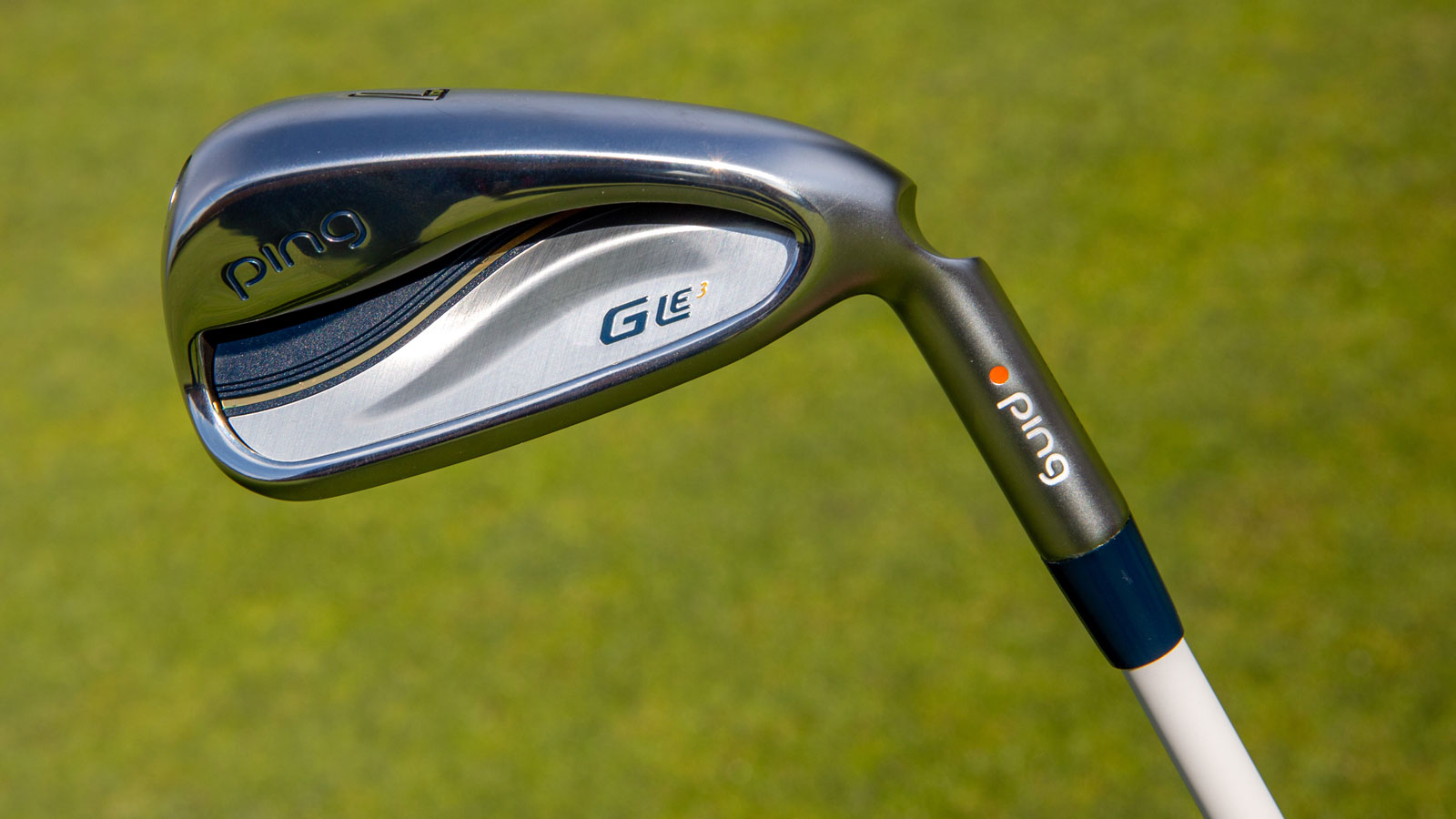
Specifications
Reasons to buy
Reasons to avoid
The Ping G Le 3 iron is specifically designed with women golfers in mind, but it could also help male players with a slower than average swing speed. It’s a stylish looking club featuring a raft of technologies to deliver heightened consistency and distance.
Continuing the success of previous generations, the G Le3 is designed as an iron/hybrid combo solution, so golfers can create the ideal set makeup with optimal gapping. Although not obvious, compared with its predecessor, G Le2, these irons are lighter overall because the high-density heel and toe weights allow for light swing weights. We found them easy to swing, they’re nicely weighted, not too head heavy.
Additionally our women's gear tester Alison Root found these irons to be very forgiving, whilst shots flew high and were generally pretty accurate with decent and consistent distance.
- Read our full Ping G Le 3 Irons review
How we test golf irons
Our testing and rating procedure for golf irons is built upon a comprehensive process combined with the knowledge and expertise of the Golf Monthly test team. As far as the specific procedure goes, before testing, the team will usually attend product launches and meet with the manufacturer's R&D experts to understand the new technology.
When it comes to testing, we often head indoors first to try the irons in a controlled environment. This usually takes place on an indoor simulator at Foresight Sports, with premium balls and the GCQuad launch monitor. Our outside testing normally takes place at West Hill Golf Club, a course with top-notch practice facilities.
We think it is vitally important to do both and continue to test the irons so they have been comprehensively put to the test in different conditions. It should also be mentioned that manufacturers cannot pay for a good review and we make our conclusions from the testing and our experiences. This is because we strive to give the best reviews possible so you can get a greater understanding of the irons themselves.
How to choose the best irons for you
As you have seen, the market for golf irons is crowded and confusing and being sure you're getting the most suitable iron for your game can be a minefield. Hopefully, this piece has given you an idea of what the best Ping options are out there right now, but here is some more advice to help you in your quest to find the best golf iron for your game in this crowded and dense marketplace.
1. Your Handicap And Ability
This is probably the most important first step: knowing which type of iron best suits your game. This is by no means gospel, but higher handicappers tend to use cavity back irons that offer maximum forgiveness in a larger iron head, while mid-low handicappers tend to use more bladed irons that are forged, offer more feel and control but less forgiveness.
You'll know how good or perhaps not so good your ball striking tends to be, so make sure you invest in a set of irons that matches where your game is out now, not where you'd ideally want it to be. We have great guides that go into more detail on this, so check out our guide on the best game improvement irons if you're a higher handicapper and our guide on the best irons for mid-handicappers.
2. Price
This will be a major factor in anyone's decision of what irons to go for. As you'll have seen in this list, the price can vary dramatically between irons. Typically, for a set of cavity back Ping irons - those that provide most distance and forgiveness - you'll be looking between $800-$900 for a set.
The price jumps quite significantly when looking at the forged and bladed options - up to and above $1000 - but this is par for the course and you'll be getting a high quality, premium product in return.
3. Custom Fit
This is probably the most essential part of the iron buying process, no matter the irons you're after or how good you are at the game. A custom fit session will make sure you get the right flex and length of shaft, correct lie angle and correct iron head for your game, meaning you'll finish with the best golf clubs that are as suitable as possible for you out on course.
Custom fits can be a daunting process if you're a true beginner or you aren't that confident hitting golf balls in front of people, but they're a vital part of the club buying process. We recommend having a shortlist of three or four iron heads you like the look of before entering a custom fit and then whittling them down to the best for your game during the custom fit process. Custom fits are provided by a number of golf retailers or club professionals at your local golf club.
FAQs
Are Ping irons good for beginners?
Yes, absolutely. Ping is known for making some of the most forgiving irons on the market, which is an attribute beginner golfers look for. In the case of the G430 and G730 in particular, they are excellent options for the beginner golfer looking for as much help as possible.
Which Ping irons are the most forgiving?
The G730 is the most forgiving in the current Ping iron range, followed by the Ping G430, which offers similar levels of forgiveness but in a slightly smaller head.
Which are the best Ping irons?
The Ping i530 iron arguably offers the best of everything - notably good distance with a solid feel and a hint of workability. This is alongside the Ping G430, which will offer a little more forgiveness because of its larger size and probably a slightly higher ball flight, although this will be player dependent. For the better player, you could make a case for the i230 being the best option, or perhaps the Ping Blueprint S irons.
Get the Golf Monthly Newsletter
Subscribe to the Golf Monthly newsletter to stay up to date with all the latest tour news, equipment news, reviews, head-to-heads and buyer’s guides from our team of experienced experts.

Joe has worked in the golf industry for nearly 20 years in a variety of roles. After a successful amateur career being involved in England squads at every age group, Joe completed his PGA degree qualification in 2014 as one of the top ten graduates in his training year and subsequently went on to become Head PGA Professional at Ryder Cup venue The Celtic Manor Resort. Equipment has always been a huge passion of Joe’s, and during his time at Celtic Manor, he headed up the National Fitting Centres for both Titleist and Taylormade. He’s excited to bring his knowledge of hardware to Golf Monthly in the form of equipment reviews and buying advice.
Joe lives in North Devon and still plays sporadically on the PGA West region circuit. His best round in recent years came earlier in 2023 where he managed a 9 under par 63 at Trevose GC in a Devon & Cornwall PGA Tournament.
Joe's current What's In The Bag?
Driver: Switch between TaylorMade Qi35 and Callaway Elyte TD - both with Fujikura Ventus Black 6-X
Fairway wood 1: TaylorMade BRNR Copper Mini Driver - Fujikura Ventus Black 7-X
Fairway wood 2: Callaway Apex UW 17˚- Fujikura Ventus Black 9-X
Irons: TaylorMade P7CB 3-PW with Dynamic Gold Tour Issue X100 shafts
Wedges: Callaway Opus 50, 54, and 60 degrees - Project X LS 6.0 shafts
Putter: LAB Golf Oz.1 (zero shaft lean)
Ball: TaylorMade 2024 TP5x
Grips: Golf Pride Tour Velvet 60R
Bag: Vessel Player IV Pro DXR Stand
- Joel TadmanDeputy Editor
- Sam De'AthStaff Writer
- Sam TremlettSenior E-commerce Editor
-
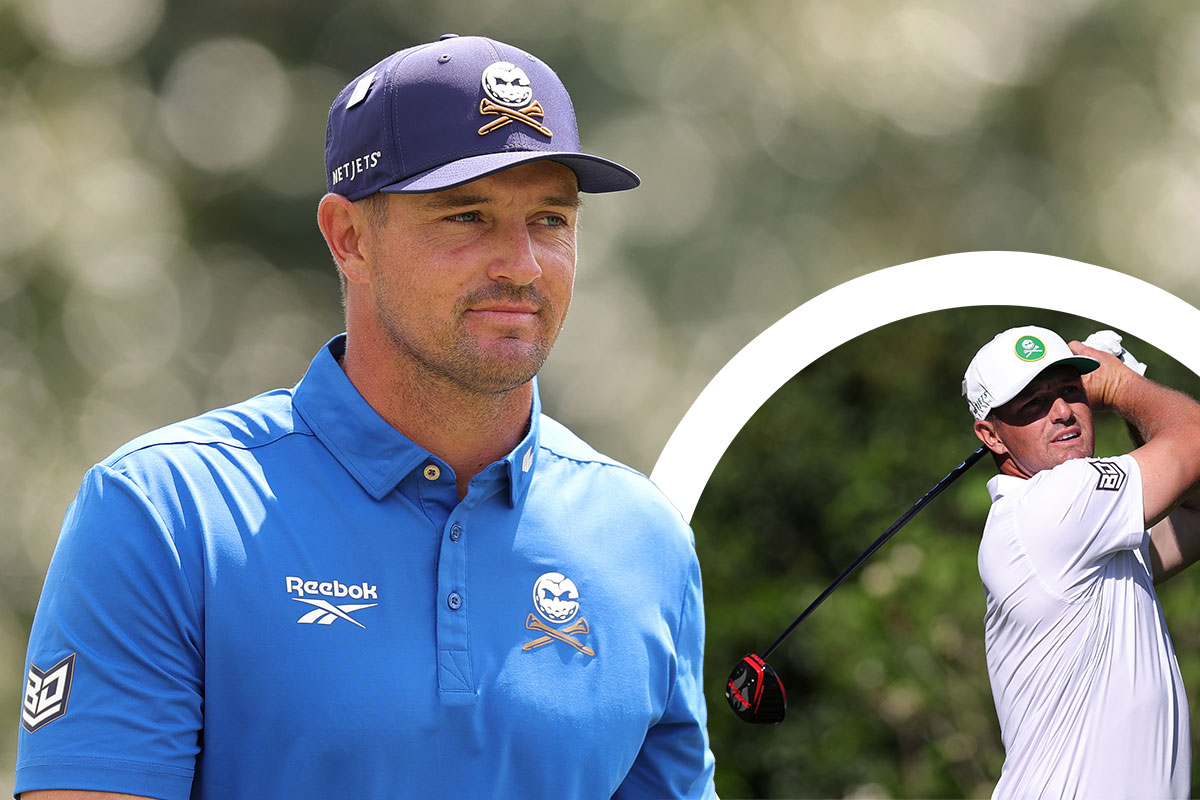 The 4 Players Hitting It Further Than Bryson DeChambeau At The 2025 Masters
The 4 Players Hitting It Further Than Bryson DeChambeau At The 2025 MastersBryson DeChambeau is renowned for his immense power and distance off the tee, so I was interested to learn these four players are outdriving him at The Masters
By Barry Plummer Published
-
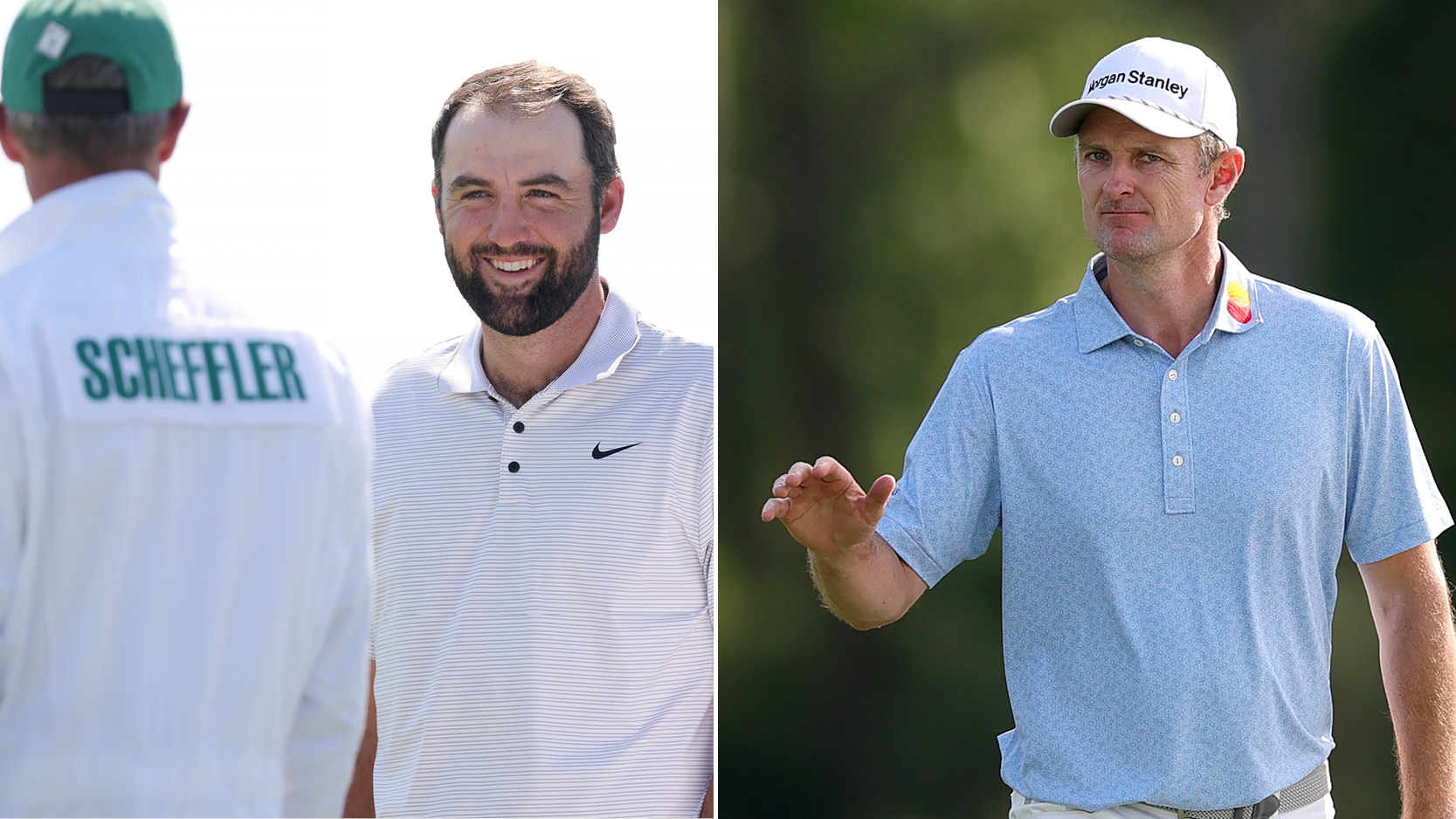 Top LIV Golfer? Top Lefty? Leading Amateur? 8 Alternative Masters Leaderboards After Day One At Augusta National
Top LIV Golfer? Top Lefty? Leading Amateur? 8 Alternative Masters Leaderboards After Day One At Augusta NationalJustin Rose leads after the first round of The Masters and, at the first Major of the year, plenty of players have already displayed strong showings at Augusta National
By Matt Cradock Published